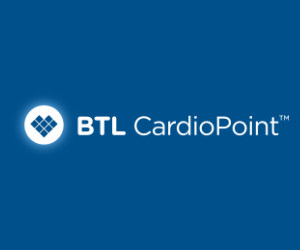Epidemiological characteristics of primary headaches
Headaches are a significant but often underestimated health problem and represent a great burden for the individual, family and society. Epidemiological studies estimate the prevalence, incidence, and various characteristics of headaches, including causes, symptoms, predisposing factors, and their impact on the quality of life, education, and professional careers. Primary headaches include migraines, tension-type headaches, trigeminal autonomic cephalalgias and others, each with different pathophysiological mechanisms. The "burden of disease" from headaches encompasses negative effects on the quality of life, reduced productivity, and financial burdens for the individuals and society. The ictal burden refers to the direct effects during the attacks, while the interictal burden includes continuous negative effects between the headache episodes. The awareness of the extent of the headaches and their burden is crucial for proper management and support for those affected, emphasizing the importance of further research, public education, and the implementation of preventive measures.
Key words:
epidemiology; primary headaches; quality of life; socioeconomic burden of disease





